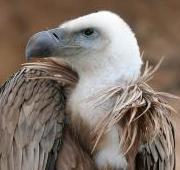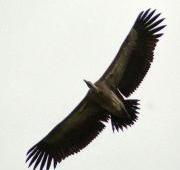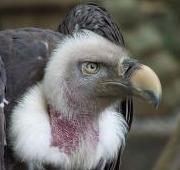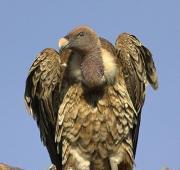 The vulture is a large, carnivorous bird that is most well known for its scavenging nature. The vulture is one of the few types of bird that is found distributed so widely around the world, as vultures are found on every continent excluding the Antarctic and Australia and the islands that surround it.
The vulture is a large, carnivorous bird that is most well known for its scavenging nature. The vulture is one of the few types of bird that is found distributed so widely around the world, as vultures are found on every continent excluding the Antarctic and Australia and the islands that surround it. Different species of vultures of firstly classified into two groups, the old world vultures and the new world vultures. There are thought to be nearly 30 different species of vulture that are found worldwide.
Different species of vultures of firstly classified into two groups, the old world vultures and the new world vultures. There are thought to be nearly 30 different species of vulture that are found worldwide.


All species of vulture are similar in the sense that they scavenge for their food whenever possible rather than killing it themselves. Vultures feed on the remains of dead animals and are never too fussy about what is left. Vultures are known to strip meat, skin and even feathers, leaving only the skeleton of the animal remaining.
Although vultures are generally fairly solitary animals, groups of vultures are often seen circling prey from the sky above. This movement of the vultures is called a kettle and a group of vultures together is sometimes known as a venue.
Vultures have keen eyesight. It is believed they are able to spot a three-foot carcass from four miles away on the open plains. In some species, when an individual sees a carcass it begins to circle above it. This draws the attention of other vultures that then join in. The feces of the turkey vulture contains strong acids that kill many of the bacteria commonly associated with bird feces. Because of their diet, these birds are able to kill harmful bacteria and viruses with their stomach acids, and halt the potential spread of disease from rotting carcasses.

